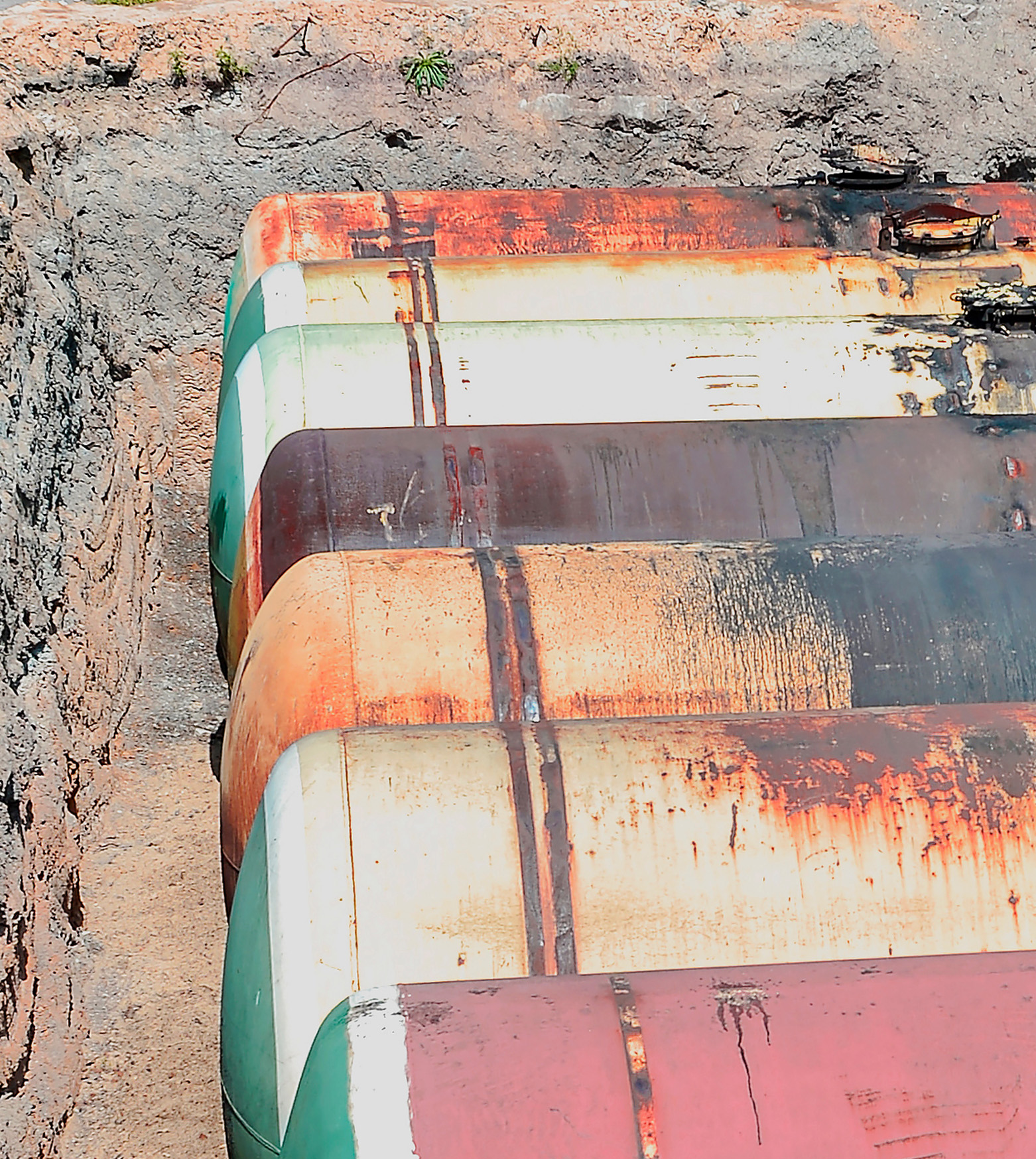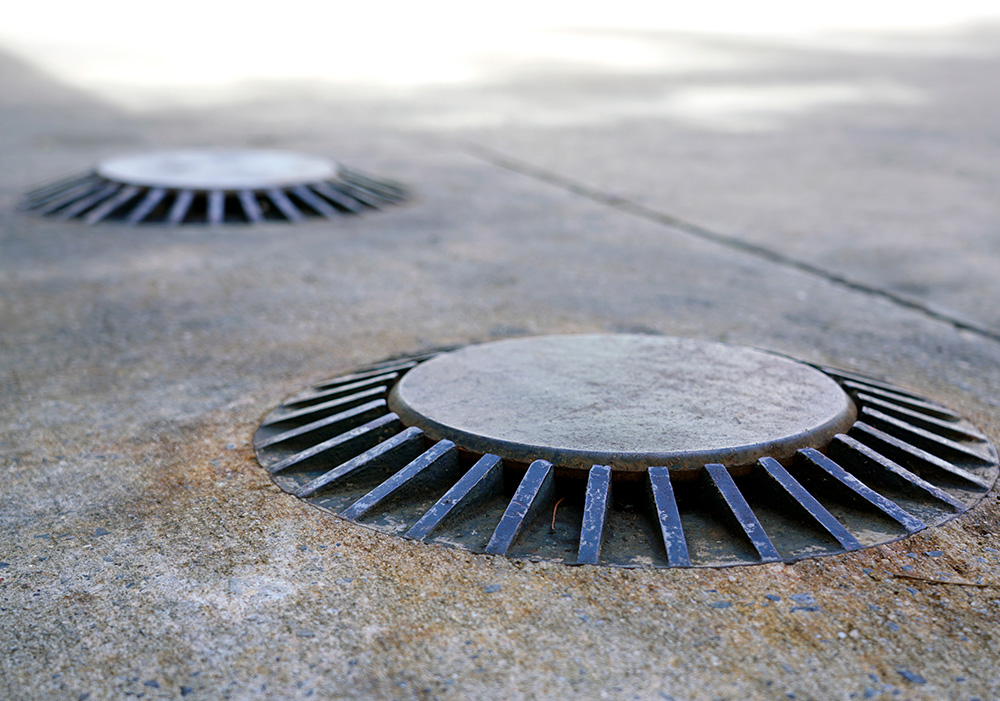About the Company
Who we are and how we help property insurers and agents throughout the U.S.
CEO Perspective
Engaging thought leadership on key insurance industry issues from our CEO.
Meet the Team
InsuranceEDGE
Keep up with changes in the P&C industry with our weekly newsletter.
Underwriting Guide to Cannabis & Hemp
An underwriter’s guide to risk and how to protect against it.
BuildingMetrix Blog
Learn about key insurance trends and how data helps you navigate them.
Agency Guide to Earthquakes
Help your customers understand and be covered for earthquake risk.
Case Studies
Discover customer success stories powered by BuildingMetrix solutions.
A Guide to Geospatial Technology
Harness the latest tools to achieve your underwriting goals.
Help Center
Get step-by-step how-to articles on all BuildingMetrix data products.
About the Company
Who we are and how we help property insurers and agents throughout the U.S.
CEO Perspective
Engaging thought leadership on key insurance industry issues from our CEO
Meet the Team
InsuranceEDGE
Keep up with changes in the P&C industry with our weekly newsletter.
Underwriting Guide to Cannabis & Hemp
An underwriter’s guide to risk and how to protect against it.
BuildingMetrix Blog
Learn about key insurance trends and how data helps you navigate them.
Agency Guide to Earthquakes
Help your customers understand and be covered for earthquake risk.
Case Studies
Discover customer success stories powered by BuildingMetrix solutions.
A Guide to Geospatial Technology
Harness the latest tools to achieve your underwriting goals.
Help Center
Get step-by-step how-to articles on all BuildingMetrix data products.
A Guide to Wildfire Risk
Everything you need to know about managing this growing risk.










